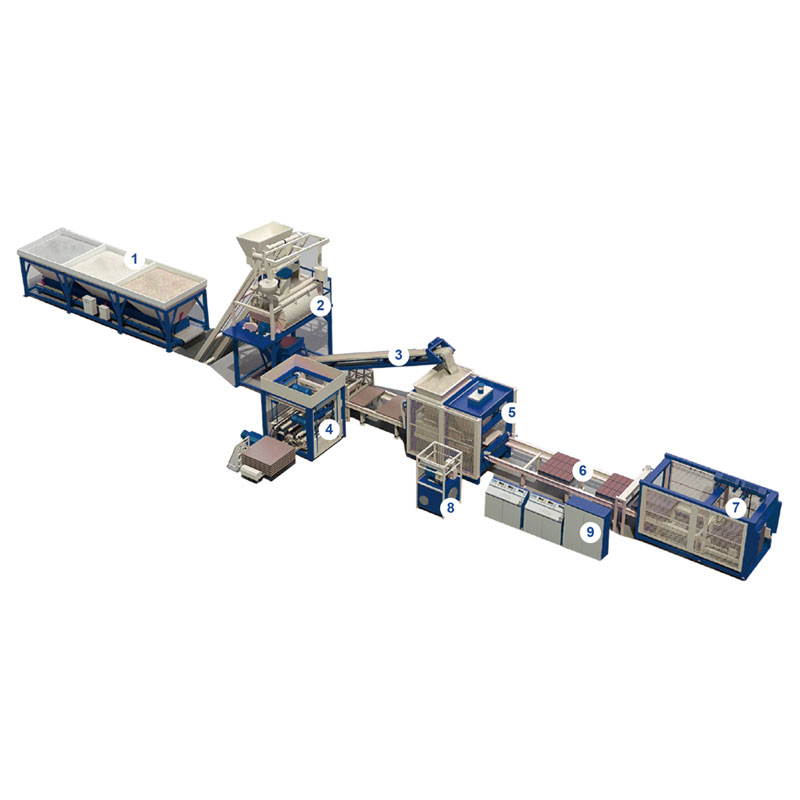
 English
English  Esperanto
Esperanto Afrikaans
Afrikaans Català
Català שפה עברית
שפה עברית Cymraeg
Cymraeg Galego
Galego Latviešu
Latviešu icelandic
icelandic ייִדיש
ייִדיש беларускі
беларускі Hrvatski
Hrvatski Kreyòl ayisyen
Kreyòl ayisyen Shqiptar
Shqiptar Malti
Malti lugha ya Kiswahili
lugha ya Kiswahili አማርኛ
አማርኛ Bosanski
Bosanski Frysk
Frysk ភាសាខ្មែរ
ភាសាខ្មែរ ქართული
ქართული ગુજરાતી
ગુજરાતી Hausa
Hausa Кыргыз тили
Кыргыз тили ಕನ್ನಡ
ಕನ್ನಡ Corsa
Corsa Kurdî
Kurdî മലയാളം
മലയാളം Maori
Maori Монгол хэл
Монгол хэл Hmong
Hmong IsiXhosa
IsiXhosa Zulu
Zulu Punjabi
Punjabi پښتو
پښتو Chichewa
Chichewa Samoa
Samoa Sesotho
Sesotho සිංහල
සිංහල Gàidhlig
Gàidhlig Cebuano
Cebuano Somali
Somali Тоҷикӣ
Тоҷикӣ O'zbek
O'zbek Hawaiian
Hawaiian سنڌي
سنڌي Shinra
Shinra Հայերեն
Հայերեն Igbo
Igbo Sundanese
Sundanese Lëtzebuergesch
Lëtzebuergesch Malagasy
Malagasy Yoruba
Yoruba অসমীয়া
অসমীয়া ଓଡିଆ
ଓଡିଆ Español
Español Português
Português русский
русский Français
Français 日本語
日本語 Deutsch
Deutsch tiếng Việt
tiếng Việt Italiano
Italiano Nederlands
Nederlands ภาษาไทย
ภาษาไทย Polski
Polski 한국어
한국어 Svenska
Svenska magyar
magyar Malay
Malay বাংলা ভাষার
বাংলা ভাষার Dansk
Dansk Suomi
Suomi हिन्दी
हिन्दी Pilipino
Pilipino Türkçe
Türkçe Gaeilge
Gaeilge العربية
العربية Indonesia
Indonesia Norsk
Norsk تمل
تمل český
český ελληνικά
ελληνικά український
український Javanese
Javanese فارسی
فارسی தமிழ்
தமிழ் తెలుగు
తెలుగు नेपाली
नेपाली Burmese
Burmese български
български ລາວ
ລາວ Latine
Latine Қазақша
Қазақша Euskal
Euskal Azərbaycan
Azərbaycan Slovenský jazyk
Slovenský jazyk Македонски
Македонски Lietuvos
Lietuvos Eesti Keel
Eesti Keel Română
Română Slovenski
Slovenski मराठी
मराठी Srpski језик
Srpski језик
The application scenarios of 3D production lines
2025-07-02
In the aviation laboratory at midnight, blue light dances among titanium alloy powder. After 28 days, a turbine blade that once took half a year to carve is born. At the same time, a 3D printer in a dental clinic is spitting out a denture that perfectly fits the patient's jaw socket. This silent 3D production line is revolutionizing industries in various dimensions with its disruptive manufacturing logic.

In the precise battlefield of aerospace, the 3D production line is a "game-changer" that breaks through technological barriers. Traditional methods are helpless in dealing with the hair-like cooling channels inside turbine blades, but laser sintering technology, like a deft weaver, layers titanium alloy powder into precise structures. A certain aerospace company has thus reduced the R&D cycle of engine components by 40%, setting new industry standards for the performance parameters of new spacecraft.
In the medical field, the 3D production line transforms into a "digital craftsman" safeguarding life. Orthopedic doctors hold 1:1 printed bone models, as if holding battle maps, increasing the success rate of complex surgeries by 30%. Even more exciting is that bio-3D printers can now "cultivate" active heart tissue, bringing revolutionary breakthroughs to organ transplantation. In dental clinics, patients can go from scanning to wearing custom dentures within 72 hours, with chewing efficiency restored to 90% of that of real teeth.
In automotive manufacturing workshops, the 3D production line becomes an "accelerator" driving innovation. The time for concept car design to go from blueprint to physical model has dropped from several months to 48 hours, with design verification efficiency increasing by 70%. In the mass production stage, hollow battery casings are 3D printed to achieve a 15% weight reduction and a 25% increase in impact resistance, directly pushing the range of new energy vehicles to new heights. A certain automaker has also launched personalized interior customization services, with orders surging by 50%.
When ancient cultural relics meet the 3D production line, miniature bronze wares of the Palace Museum's cultural and creative products are reborn in the palm of the hand, generating tens of millions in sales upon release. In primary and secondary school maker classrooms, students' ingenious ideas are transformed into physical works through programming, with innovative thinking and practical abilities growing layer by layer. This production line is spreading the warmth of technology to every corner.
From the heart of aircraft at 10,000 meters to the repair of human life, and to the incubation of daily creativity, the 3D production line is breaking through industry boundaries with its infinite extensibility. With technological iterations, it will continue to unleash the potential of intelligent manufacturing and reshape the future industrial landscape.




